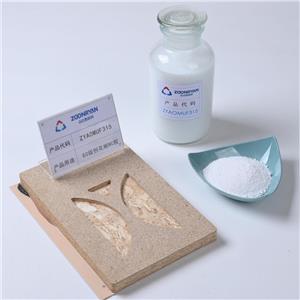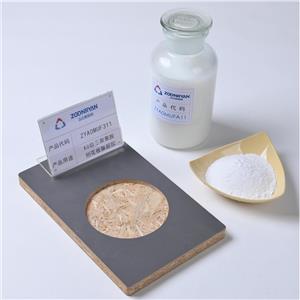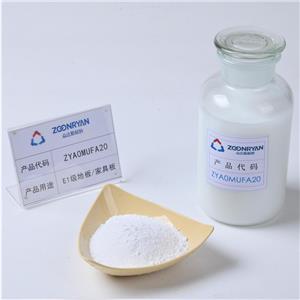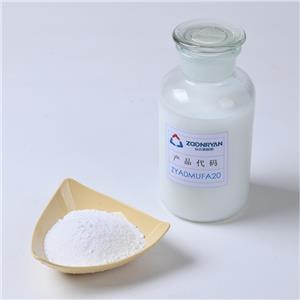Introduction to the Uses of White Latex
1. Bonding of Leather, Ceramics, and Other Items: In addition to its use as an auxiliary material in home decoration, white latex can be widely applied in various industries. White Latex is used in the production of leather products, the bonding of ceramic vessels, and the assembly and bonding of fabric decorations, among other applications.
2. Use as a Modifier: While white latex is commonly used as an adhesive, its unique chemical properties also make it suitable as a modifier. One common application is in the production of interior architectural materials, such as vinyl acetate latex paint. White latex is used as a modifier in materials like phenolic resin and urea-formaldehyde resin. Adding the right amount of white latex can alter the properties of these adhesives, transforming them into interior wall and ceiling coatings.
Main Advantages of White Latex:
1. Fast bonding at room temperature, achieved through the evaporation or dissipation of water in the emulsion adhesive layer.
2. Transparent adhesive layer after curing, with minimal material contamination.
3. High strength and good flexibility in the cured adhesive layer, resulting in minimal tool wear during processing.
4. Convenient to use, as it does not require heating or the addition of curing agents. White Latex generally has a shelf life of more than six months.
5. Low pollution during use, water-washable, and easy to clean.
Main Disadvantages of White Latex:
1. Poor water resistance.
2. Poor resistance to creep.
3. Slower drying compared to solvent-based adhesives.
White Latex Usage Method:
The usage method is similar to that of traditional polyvinyl acetate emulsion adhesive. White latex is freeze-thaw resistant, age-resistant, and offers excellent bonding strength with a long shelf life.
1. Control the moisture content of the wood within 8-15%, as excessively high or low moisture levels can affect bonding quality.
2. Prepare the substrate surface, ensuring it is free from oil, dust, and other impurities. The bonding surface must have full contact.
3. Apply a uniform and appropriate amount of adhesive.
4. Curing can be done at room temperature or with heat, but the temperature should not exceed 120°C. The curing time varies with temperature and should be determined based on the specific conditions.
5. Apply sufficient and uniform pressure, maintaining pressure for at least 1.5 hours. After releasing the pressure, allow some time for curing. For optimal bonding, leave the assembly for 24 hours before further processing and test after 72 hours.
6. White latex can be mixed with some resins, such as urea-formaldehyde resin, phenolic resin, melamine resin, to improve its water resistance and resistance to creep, among other properties.




